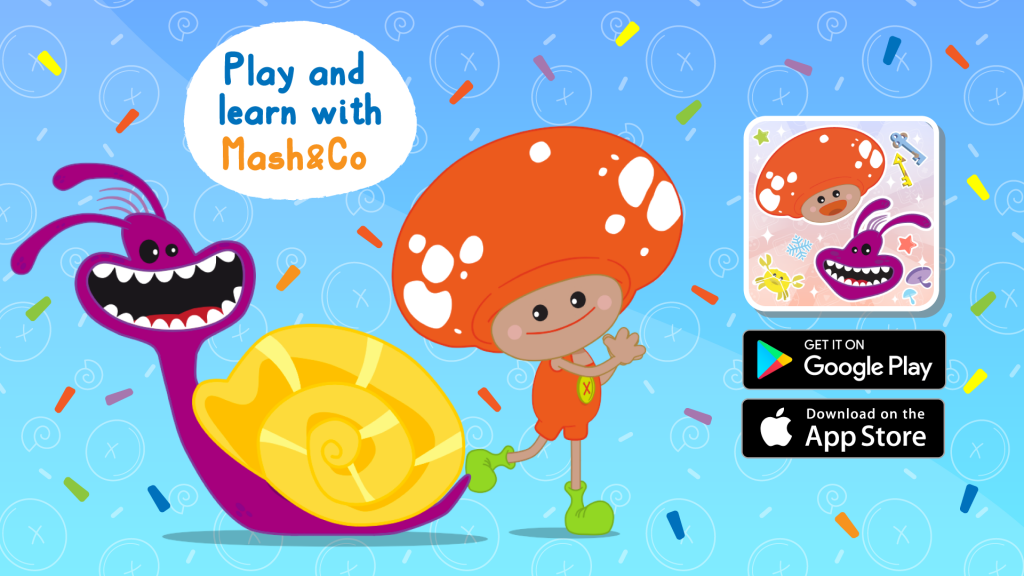Cartoons: their importance in kids’ development
Every living being perceives the world through its senses. Learning through the senses is vital for children’s mental and physical growth. Hearing, touch, smell, taste, and sight are the windows by which they perceive reality. Today we focus on the importance of vision as a window to see and get from the world. In particular, we will understand the effect of colors and animated cartoons as engaging and exceptional communication to learn and boost children’s curiosity.
Colors and cartoons
Colors are among the external factors that stimulate children before emotions. Notwithstanding that the little ones perceive colors differently according to their development stage, there is evidence that colors can send specific messages. For example, soft and pastel colors, commonly used in children’s rooms, convey a sense of calm, while bright colors such as red and yellow stimulate activity.
Cartoons are one of the efficient means that use colors to communicate something. In fact, colored moving images first capture children’s attention before they understand any message, providing them with a world full of symbols that reflect complex concepts to explain to a young child.
READ ALSO: 5 Reasons Why Storytelling Will Save Humanity
Cartoons: the cons
Like many things, television and cartoons are being accused because of their passive component and the suspects that they can not correctly educate children with their contents.
For example, in many animated works that have dominated the years, such as those produced by Disney, there are no parents or parental guides, as we would expect. There are stepmothers, witches, and bullies that bash orphans and defenseless creatures.
Disney’s choices reflected his time. Its feature films, inspired by the Grimm Brothers’ fairy tales, embrace the idea of transformation and see the protagonists as lifters, capable of acting for change, in the ’20s in the USA.
From this example, we can deduce that cartoons may have an educational role and teach a lot. Let’s see how.
The educational benefits of cartoons
Parents need to understand that children perceive the world differently, and fairy tales positively help understand life’s complex dynamics. Fairy tales, upon which cartoons base, tinged with different symbols to teach children cognitive skills and morals. Maurizio Brasini, child psychology authority, explains that evils and orphans in cartoons have a real specific purpose:
“Fairy tales face problematic aspects of the child’s life and suggest solutions symbolically. For example, a stepmother represents the “bad part” of each mother: the relationship difficulties, misunderstandings, the feeling that the child feels that he has suffered injustice, fear of punishment, etc. Similarly, the orphan is a condition in which children are going to do without the parent, to tolerate their absence and face life without their support to win independence.”
To experience a wide range of physical and psychological stimuli is significant for children’s growth at an early age. Having trained the senses means having an open mind, absorbing, understanding, and learning to stay in the world.
Nowadays, cartoons are less passive, thanks to on-demand television and mobile devices that make cartoons interactive. Although entertainment media have changed over the years, the power of animations as a learning medium remains the same, thanks to storytelling’s strength to convey meaningful messages.
Our app Mash&Co is based on this concept: the app that uses the power of storytelling on new media such as mobile devices to convey current issues, friendships, and difficulties to overcome. Please find it in AppStore and Google Play.
Updated on February 22, 2021



